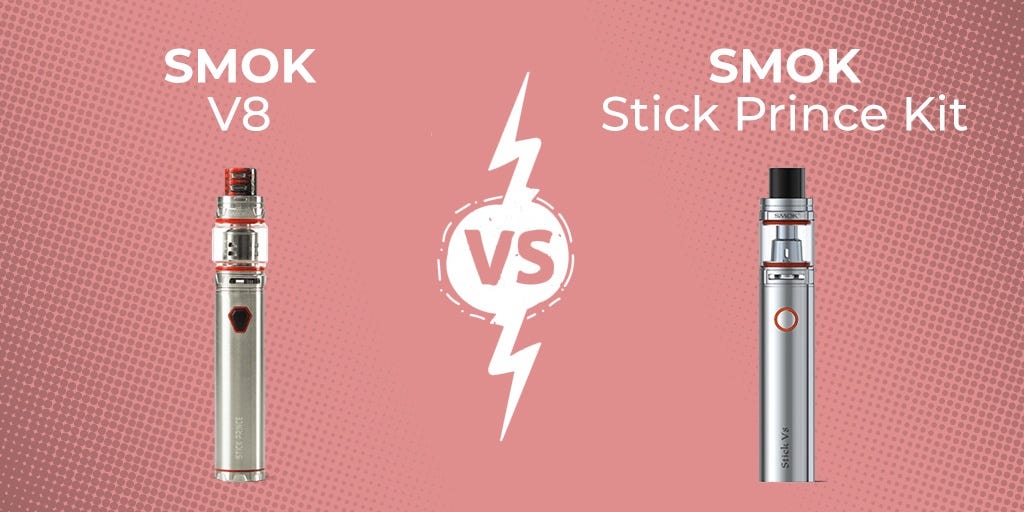The man who invented nicotine patches to help smokers quit has raised serious doubts about the Food and Drug Administration’s (FDA’s) strategy to combat youth vaping.
Last month, FDA Commissioner Scott Gottlieb launched a raft of new enforcement measures as he deplored a new youth vaping epidemic.
New measures included a clampdown on shops selling to minors and the possibility that some products - particularly flavoured e-liquids - could be removed from shelves.
While Dr. Gottlieb acknowledged that e-cigarettes are a helpful smoking alternative for adults, he said that this needed to be balanced against the risk of nicotine addiction in kids. "It's now clear to me, that in closing the on-ramp to kids, we're going to have to narrow the off-ramp for adults who want to migrate off combustible tobacco and onto e-cigs" the Commissioner said in a statement.
As part of the enforcement action, JUUL and other leading manufacturers have just 60 days to prove that they can keep their products out of the hands of kids, or they risk their flavoured products being taken off the market.
The FDA also launched a controversial ad campaign, warning teenagers about the dangers of underage vaping.
But Jed Rose, the inventor of the first nicotine patch and director of the Duke Center for Smoking Cessation, has raised some important questions about this strategy. "E-cigarettes are one of the most promising developments in the field of smoking cessation" Rose told Duke University newspaper the Duke Chronicle.
"Currently, over 500,000 Americans die every year of smoking related disease, a number that continues to rise. Cigarette smoking imposes a completely unacceptable burden of death and disease."
Unlike the nicotine patches first developed by Rose, e-cigarettes are not approved by the FDA as a stop smoking aid.
Instead the agency continues to view the products with suspicion.
Rose continued: "The epidemic of youth addiction is greatly exaggerated."
This isn't good, but it has to be weighed against the 500,000 preventable deaths that can be lessened using e-cigarettes.
To back up his 'epidemic claim', FDA Commissioner Gottlieb refers to preliminary data on youth vaping. But the CASAA, an e-cigarette advocate body, has challenged the agency figures.
Drilling down into the numbers, they say it is suspicious that the FDA is threatening extreme enforcement action without releasing this data. Especially when the CDC's National Youth Tobacco Surveys (NYTS) shows that youth use of vapour products has been declining since 2015.
CASAA also suggests that the FDA may be misleading the public about the true extent of the youth vaping problem.
A young person who has tried a vapour product in the past 30 days - even it it was just trying a friend's device - is counted as a current user by the FDA.
A layperson could easily misunderstand current use to mean daily use, and daily use, to many people, would imply dependence or addiction, CASAA says.
Rose, who has studied nicotine for almost four decades and helped developed other smoking cessation products like Chantix, also dismissed the idea that e-cigarettes could be a gateway to tobacco for young people. "If anything, restricting e-cigarettes may incentivize youth to try combustible cigarettes instead," Rose told the Chronicle.
This landmark evidence study completed by Public Health England backs up his position.
Experts found no evidence to support the concern that e-cigarettes are a route into smoking for young people. They concluded that regular e-cigarette use is almost entirely confined to those who have previously smoked.
The landmark study found that vaping poses only a small fraction of the risks of smoking.
Subsequently, a panel of British MPs called for rules around vaping to be relaxed and for e-cigarettes to be made available on prescription.






Leave a comment
This site is protected by hCaptcha and the hCaptcha Privacy Policy and Terms of Service apply.